ROG Phone 8 Pro vs iPhone 15 Pro Max
We may earn a commission if you make a purchase from the links on this page.

Intro
The ROG Phone 8 is the first time Asus decided to shed the gamer aesthetic a little bit and make the ROG Phone a bit more mainstream. This means the cheek and forehead are gone, sacrificing some of that deep speaker sound, and the in-hand feel when gaming horizontally. But it also made the phone a bit more manageable as an everyday carry.
It still has the ultrasonic triggers, fantastic hardware tuning, an external fan accessory, and multiple endurance profiles to last you through your daily gaming sessions.
Since the ROG Phone 8 Pro wanted to go mainstream, we compared it to the epitome of mainstream — the iPhone 15 Pro Max. Apple's own efforts have given us a very powerful mobile processor (the A17 Pro) and will be running console-grade games like Assassin's Creed: Mirage, Resident Evil 4 Remake, and more to come. Obviously, Apple is doing its own push into the gaming niche, so it's going to be an interesting comparison.
Of course, these phones are now yesteryear's news. The iPhone 16 Pro Max is now reality, and the ROG Phone 9 has been teased for release with a mid-November announcement date.
Whether you are considering buying these slightly older phones as they are now inevitably going to get discounted, or you are just curious how they stack up against each other for another reason, here's what we got after testing the ROG Phone 8 Pro and iPhone 15 Pro Max for their performance, battery endurance, cameras, comfort and ease of use, and software:
ROG Phone 8 Pro vs iPhone 15 Pro Max differences:
| Asus ROG Phone 8 Pro | Apple iPhone 15 Pro Max |
|---|---|
| 6.8-inch, 165 Hz screen, small selfie camera hole | 6.7-inch, 120 Hz screen, big "Dynamic Island" |
| Aluminum frame, grainy matte glass back | Titanium frame, smooth matte glass back |
| Triple camera, physical gimbal, 3x telephoto | Triple camera, sensor shift, 5x telephoto |
| Snapdragon 8 Gen 3, tuned with cooling system | Apple A17 Pro, first 3nm smartphone chip |
| Gaming triggers, fan accessory with gaming buttons | App Store has some exclusive (for now) AAA titles |
| Powerful, meaty stereo speakers | Loud stereo speakers, not as good |
Table of Contents:
Read more:
Design and Size
Sleek, premium, modern beauty
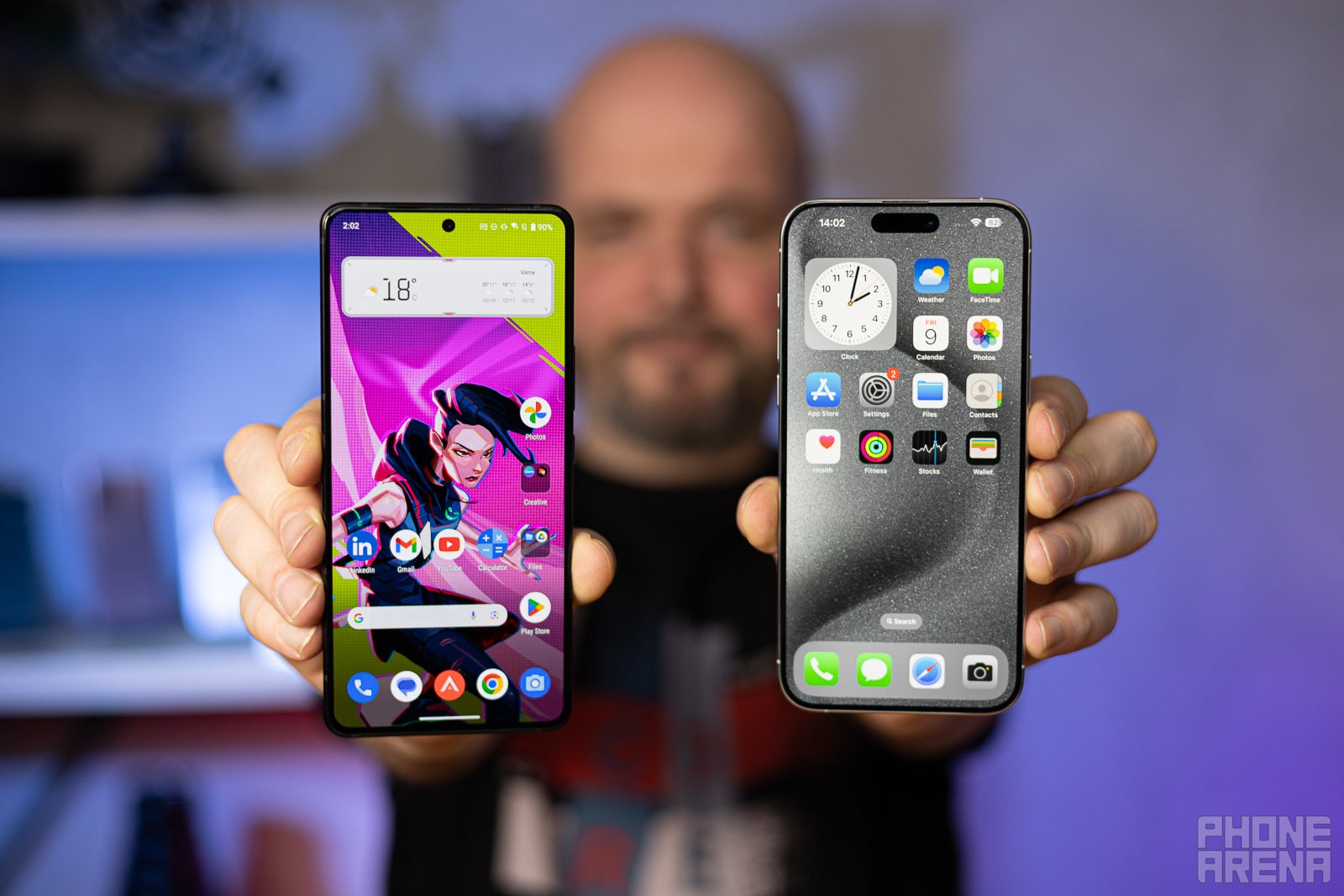
The ROG Phones have always been a bit hard to handle as a "normal" smartphone. Since Asus wanted to have the big, front-firing stereo speakers, and it wanted the phone to feel good when held in two hands like a console — it had a prominent top and bottom bezel. That, the added weight, and the arched back made for a heavy, slippery phone that was a hard sell if you wanted a "normal" smartphone.
Here's the ROG Phone 8 Pro — redesigned with a beautiful, symmetrical bezel all around the screen. It's incredible how much of a change to the way a phone handles there is, now that the chin and forehead are gone. It's better balanced, it feels easier to wield, especially when you are trying to one-hand-type a quick reply to someone.
Of course, the iPhone 15 Pro Max needs no introduction here — titanium-covered frame, the familiar clean rectangle. We dare argue it's a bit harder to hold, since the matte titanium is a bit slippery and the new soft bevel around the corners of the frame feel non-grippy. But both phones do weigh just about the same and we guess you can ultimately get used to either design.
Both of them also have very specific extras around their bodies. The iPhone has the new Action Button — you can program it to launch any app, function, or Siri Shortcut (or have it mute the phone, as before). The ROG Phone 8 Pro has a secondary USB C port on the side for pass-through charging while gaming in landscape. The latter phone also has a headphone jack, which is still a plus, yes even in 2024.
Asus has also finally achieved full IP68 protection for water- and dust-resistance — the first IP68-rated gaming smartphone, as per Asus' words (we just find it hard to draw the line between what constitutes a gaming phone and what doesn't). The iPhone, of course, has had the rating for a while now.
If you are into expressing yourself through the colors of your tech accessories, the iPhone 15 Pro Max gives you a bit more choice. Granted, the Pro colors have always been more tame, subdued, mature — the iPhone 15 Pro Max colors are Black, Blue, White, and Natural Titanium. The ROG Phone 8 Pro comes only in Black, with subtle and stealthy accents on its back. It also has the glowing LED matrix, which can show some basic icons, depending on what you are doing on the phone right now. If it's too much for you, the LED matrix can be turned off completely and it's invisible under the matte glass.
There's also one unique talking point about the ROG Phone 8 Pro, and that's the gaming triggers along its right frame. They are pressure-sensitive ultrasonic buttons that can be tuned to respond to gestures, such as swiping, holding, or tapping each half of every button to do different things. Additionally, the Aero Active Cooler X (comes free with ROG Phone 8 Pro Edition, separate purchase for any other version) comes with 2 hardware buttons, so the phone becomes kind of a controller once you snap it on. This in itself is the "gamer" aspect of this phone — you can play shooters, emulators, and other action games with more fingers, kind of like it's a handheld console. Unfortunately, the reduced bezels of the phone make it a bit more uncomfortable for this purpose than ROG Phones of the past.
Display Differences
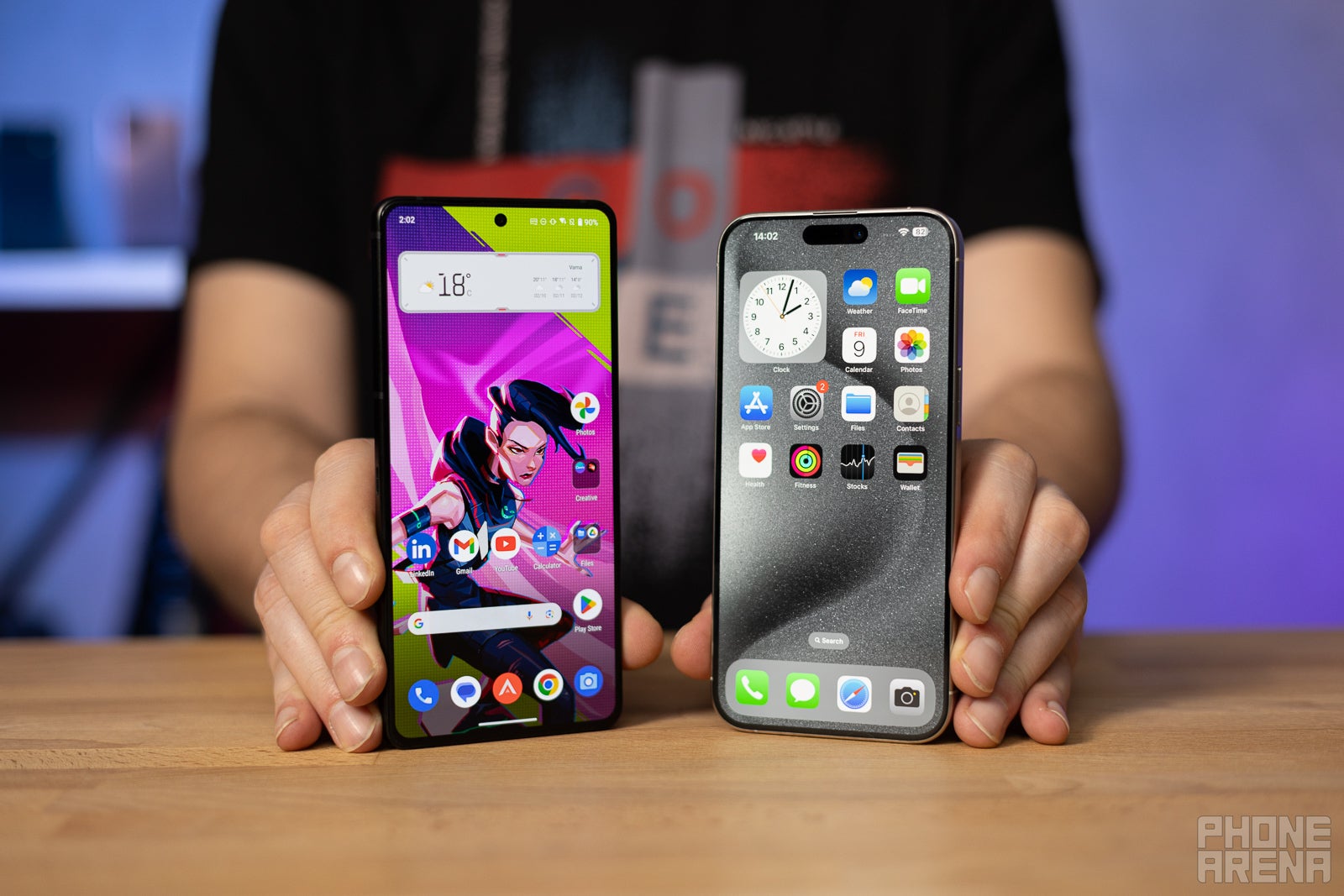
Both of these phones have excellent screens, there's no two ways about it. The ROG Phone 8 Pro has a balanced mode where it can dynamically switch between 1 Hz and 120 Hz, as per the content played. Or, you can choose to push it to 165 Hz all out, for extreme smoothness, of you can perceive the difference. It also has a 720 Hz touch sampling rate, so input is instant, which is pretty important for gaming, right?
The iPhone 15 Pro Max comes with a 120 Hz ProMotion screen. Apple does not talk about super deep specs like sampling rate, but developer threads around the Internet tell us that it's 120 Hz. In any case, we find the iPhone to be snappy and responsive, and gaming with its touch input is just as accurate and satisfying.
As for display tech, both screens are excellent OLED panels — Asus orders its screens from Samsung Display, Apple works with Samsung and LG. The ROG Phone 8 has an FHD+ resolution for 388 pixels-per-inch, Apple has a weird spread of 2796 x 1290 pixels, which results in 460 PPI. In any case, both screens look sharp.
And they are vibrant, too, with the punchy colors of OLED and high brightness — the ROG Phone 8 Pro has a peak brightness of 2,500 nits, the iPhone 15 Pro Max — 2,000 nits, so both of them are HDR-compliant.
Comfort features are built into the software of both phones, with the ROG having a blue light filter, extra dimming, and anti-flicker built in. The iPhone has True Tone and Night Shift to warm up that display and be easy on the eyes.
For unlocking the phone, Asus employs an optical fingerprint scanner under the display. It's mostly quick and accurate, we've had a few hiccups with it while using the phone daily, but nothing egregious or annoying. The iPhone, of course, has Face ID, which has matured over the years and is an excellent way of interacting with your phone.
Performance and Software
Fire-breathing Snapdragon
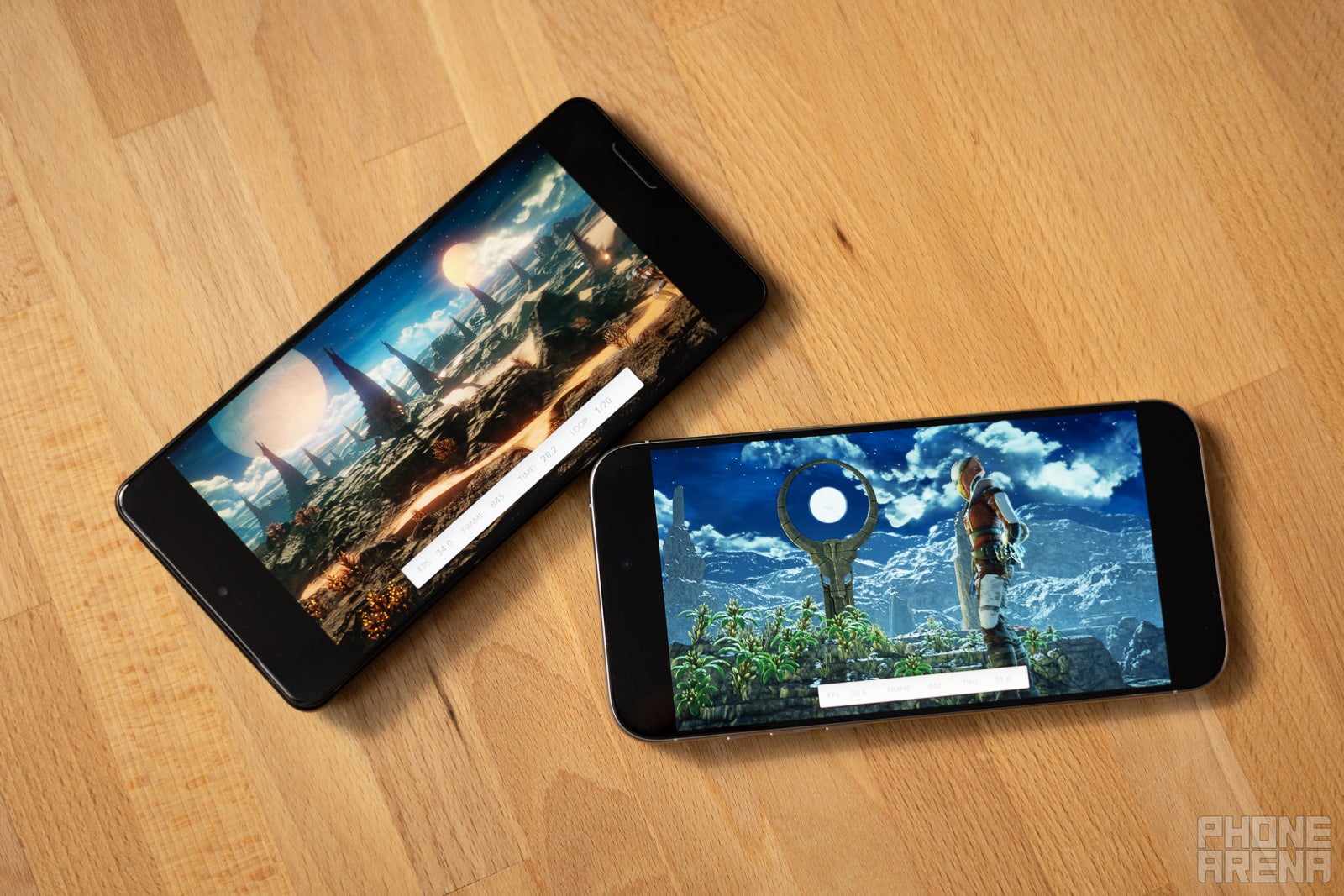
Aside from having extra buttons, a gaming phone will usually come with some sort of overclocking or software optimization. The ROG Phones have X Mode — the stops get pulled, the game is in focus, and no throttling is allowed. Seriously, when we ran the 3DMark Wild Life Extreme stress test on this phone, it got quite hot, but refused to drop performance. Of course, we do advise you to use the AeroActive Cooler X fan if you plan to game for prolonged periods. And also, keep in mind that 3DMark's tests are supposed to torture the phone — we didn't experience those levels of heat with normal games.
The iPhone's Apple A17 Pro silicon is quite an impressive piece of tech. It's the first smartphone chip built on a 3 nm process, and it's very powerful... for about one cycle of the 3D Mark stress test. Yes, the A17 Pro gets hot and throttles quite quickly. But again... on a stress test. In reality — the iPhone 15 Pro models did have throttling issues with real-life apps when they first launched. However, Apple fine-tuned them through software updates. We didn't notice a drop in performance, but — thankfully — the chips run more stable now.
Still, just for that mere fact, it's easy to point at the ROG Phone 8 Pro as the winner here, right? Yeah, but then there's external factors, such as software and game availability. The iPhone is getting true AAA titles, like Assassin's Creed: Mirage, Resident Evil 4 Remake, and Death Stranding. It's quite an impressive leap and it seems that Apple is pushing into the gaming sphere yet again — with it's M-class chip laptops and desktops also slated to get a lot of big-name titles.
The ROG Phone 8 Pro is a great piece of gaming hardware, but you can still just play Android games on it. The hardcore fans will point out that you can port some games to a phone nowadays, that there are emulators, and that there are streaming services like GeForce Now. All valid points, all not a perfect experience. For what it's worth, we do believe that AAA console titles will be making their way to the Android side at some point. It would make no sense for these large gaming studios to make mobile ports of their games that only work on this one single phone brand... right?
Anyway, we're getting carried off here. Bottom line is this — you get 512 GB storage, and 16 GB RAM with the ROG Phone 8 Pro, for the same price as a 256 GB iPhone 15 Pro Max. Then, at $1,499, you can get the ROG Phone 8 Pro Edition with 1 TB storage and 24 GB of RAM plus an AeroActive Cooler X for free. The 1 TB iPhone 15 Pro Max costs $1,599.
Though, when we are talking about such massive investments, we do need to talk longevity as well. The ROG Phone 8 Pro will receive 2 major Android updates, 4 years of security patches (until January 2028). The iPhone 15 Pro Max is expected to receive 5 iOS updates (up to iOS 22 in late 2028).
As for the software itself — we really like Asus' take on Android. It's light and snappy, the Quick Toggles are in the good old "small circle" style, and now there's a new option where you can have the toggles come up with a swipe from the top-right, and the notifications with a swipe from the top-left. Pretty much like on iOS — in case you are coming in from an iPhone and are too used to that style.
iOS 17 on the iPhone 15 Pro Max needs little introduction — it's rich on features and proprietary apps, which lock us in but work so well that we kind of submit to it.
Then, we have the elephant in the room — or the AI-lephant in the room. Apple's iOS 18.1 is now reality and the first slew of Apple Intelligence features have arrived. Now, you have notification summaries, text generation, smart Photos search, Clean Up (Magic Eraser, but on the iPhone), and there's more to come with iOS 18.2 (Image Playground, ChatGPT integration) and then iOS 18.3 in early 2025 (overall Siri upgrade with contextual and multipoint awareness).
Asus' ROG interface only offers an AI search through settings. Which is actually incredibly helpful — you don't need to remember the exact names of settings, just tell the search bar what you are trying to toggle. Asus is teasing AI for the ROG Phone 9, but how much of it will be added to the ROG Phone 8 Pro via updates is unknown.
Camera
Still a ways to go...
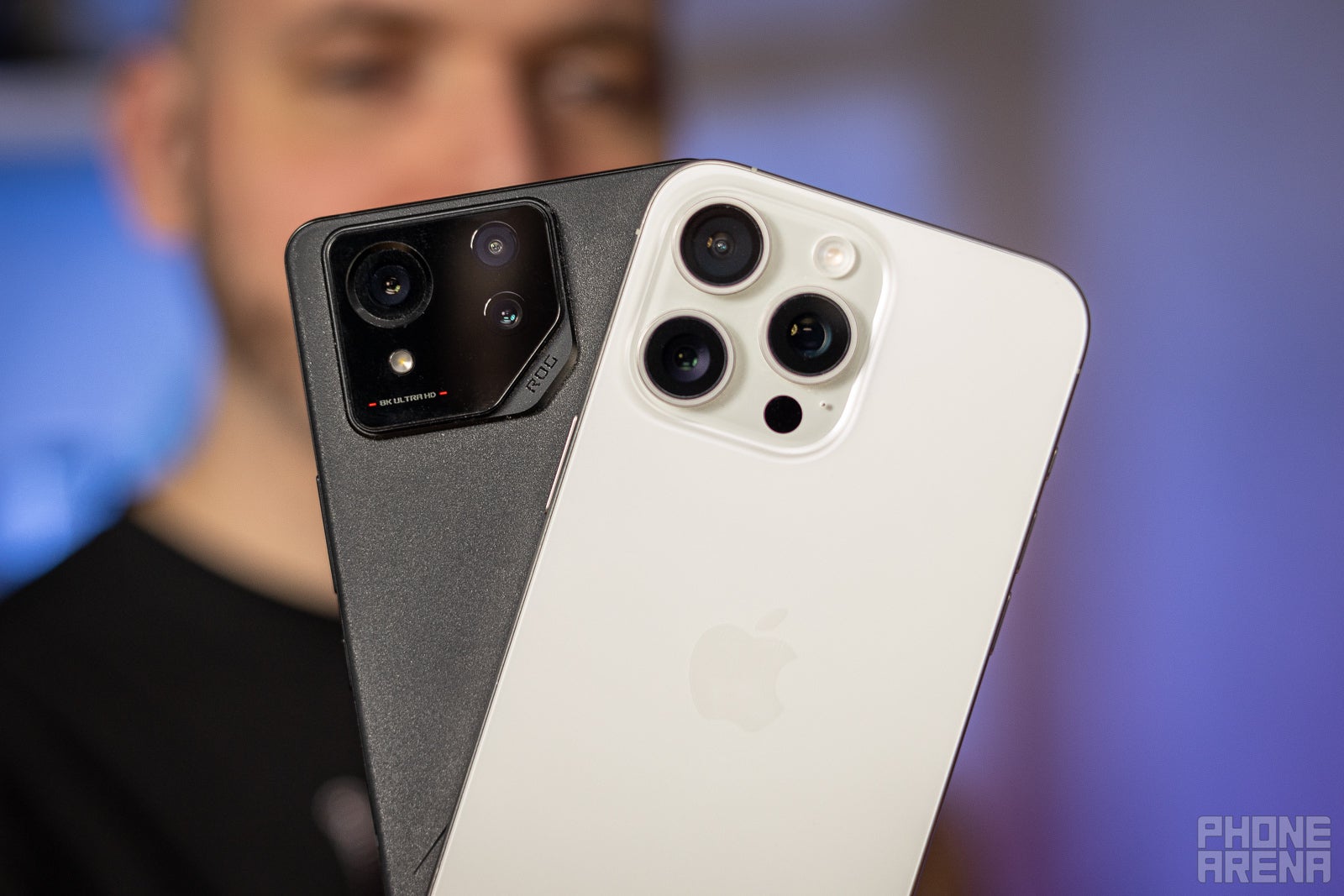
The ROG Phone 8 Pro comes with a brand new camera module — the 50 MP sensor is supported by a physical gimbal stabilization for, presumably, better video and improved stability when taking photos. How will it fare against the iPhone with its sensor shift stabilization? Apple has long been on the forefront of smartphone camera developments, so it's a good benchmark to test the maisntream-chasing ROG Phone against.
Main Camera - Day

ROG Phone 8 Pro

iPhone 15 Pro Max

ROG Phone 8 Pro

iPhone 15 Pro Max

ROG Phone 8 Pro

iPhone 15 Pro Max

ROG Phone 8 Pro

iPhone 15 Pro Max
Without fail, the iPhone gives us better dynamics with more contrast and deeper (but visible) shadows where the ROG Phone 8 overcompensates and boost exposure a bit too much. Also, we've been badmouthing the iPhone's oversharpening over the past couple of years, but the ROG Phone does manage to take it a bit further. Colors on the ROG photos also appear slightly more skewed than the iPhone's more earthy look. But overall, for daytime shots — not bad, ROG Phone.
Main Camera - Low-light

ROG Phone 8 Pro

iPhone 15 Pro Max

ROG Phone 8 Pro

iPhone 15 Pro Max

ROG Phone 8 Pro

iPhone 15 Pro Max

ROG Phone 8 Pro

iPhone 15 Pro Max
At night, the iPhone does a better job at retaining details, dynamics, and colors. The ROG Phone 8 Pro went with a solid noise reduction, and didn't manage to preserve the details around the edges of the bricks, grass, or dog's fur. It also washed out the colors more, with the iPhone photos looking decidedly more vibrant.
Zoom Quality
At 2x, both phones are on equal footing — they are both zooming in digitally with their main sensors. However, the ROG Phone 8 Pro is performing worse — a very aggressive HDR has left a ton of auras around branches and objects, there's an excessive oversharpening, and the dynamics are a bit off, with highlights close to burnout and shadows close to being crushed. At 3x, the ROG Phone 8 Pro engages its telephoto camera, whereas the iPhone still uses digital zoom. Surprisingly, things didn't improve for the ROG Phone — it still looks oversharpened and unrealistic. The iPhone's 3x photo is getting soft, sure, but its dynamics and colors are still more pleasant to look at.
At 5x, the iPhone engages its tetraprism lens and it is immediately back to form — excellent details, colors, and dynamics. The ROG Phone 8 Pro's zoom is starting to fall apart here. Then, at 10x zoom, the ROG Phone 8 did something weird — we triple-checked if this photo came from the same phone, and yes it did. Suddenly, the excessive oversharpening and harsh dynamics are gone. It's still suffering from a lot of noise warping the finer details, but that's definitely a better zoom shot than what we were expecting after the 5x example.
The iPhone's 10x photo is starting to look a bi-i-it soft, but it's still excellent at that point.
In Round 2, we get a bit better performance from the ROG Phone's 3x and 5x steps. Maybe it's the scene — details still look a bit harsh, but not as bad or as crushed by HDR and oversharpening as in the previous attempt. Then, at 10x, we get the same jump to a more hazy style of photo — apparently, the algorithm really shifts gears there. It looks almost dream-like — slightly blurry but not. Slightly oversaturated, but with the right hues of the colors.
All in all, we'd say it's nice to have the zoom feature on the ROG Phone 8 Pro, but it hasn't caught up with the premium competition yet.
Ultra-wide camera results are similar as with the main camera, with ROG Phone 8 shots being a bit more washed out, presumably due to a more aggressive noise reduction. Spots and wrinkles in building facades are better visible on the iPhone pictures, details and edges have more prominent auras around them on the ROG 8 shots.
Ultra-wide Camera
Ultra-wide camera results are similar as with the main camera, with ROG Phone 8 shots being a bit more washed out, presumably due to a more aggressive noise reduction. Spots and wrinkles in building facades are better visible on the iPhone pictures, details and edges have more prominent auras around them on the ROG 8 shots.
At night, the ROG 8's ultra-wide does hold it a bit better — if there are enough light sources around, it can still compete. But in complete darkness, the iPhone boosts the shadows more and gives us more to look at, without making it a "fake day" picture.








Very close performance from both cameras here! The 32 MP selfie camera of the ROG Phone 8 Pro gives us plenty of detail, pretty good skintone, great dynamics, and not a whole heap of oversharpening. Even at night, the two cameras give us similar results. Both phones can use the display as a makeshift "selfie flash" (the last selfie samples), and the result is interesting — the iPhone looks much more balanced, but came out blurry-looking. The ROG Phone 8's selfie flash is more basic, but we have much less haziness.

Selfies

ROG Phone 8 Pro

iPhone 15 Pro Max

ROG Phone 8 Pro

iPhone 15 Pro Max

ROG Phone 8 Pro

iPhone 15 Pro Max

ROG Phone 8 Pro

iPhone 15 Pro Max
Very close performance from both cameras here! The 32 MP selfie camera of the ROG Phone 8 Pro gives us plenty of detail, pretty good skintone, great dynamics, and not a whole heap of oversharpening. Even at night, the two cameras give us similar results. Both phones can use the display as a makeshift "selfie flash" (the last selfie samples), and the result is interesting — the iPhone looks much more balanced, but came out blurry-looking. The ROG Phone 8's selfie flash is more basic, but we have much less haziness.
Video Quality

During the daytime, we can see the ROG Phone 8's gimbal stabilization putting in the work — the footage looks as smooth as the iPhone's. In fact, details and dynamics look very close on both phones. The only major difference is the magenta cast that was also present on the photos from the ROG Phone 8.
At night, the iPhone 15 Pro Max wins because it preserves details, colors, and highlights much more than the ROG Phone 8 does. Still, worth noting — the stabilization on both phones is on par. They did slip up and produce a bunch of jitters in both night samples, but that's to be expected as night time videography is a beast hard to conquer. Still, the ROG Phone 8 washed out highlights and blurred details too much, hence why we are giving this to the iPhone.
Audio Quality and Haptics
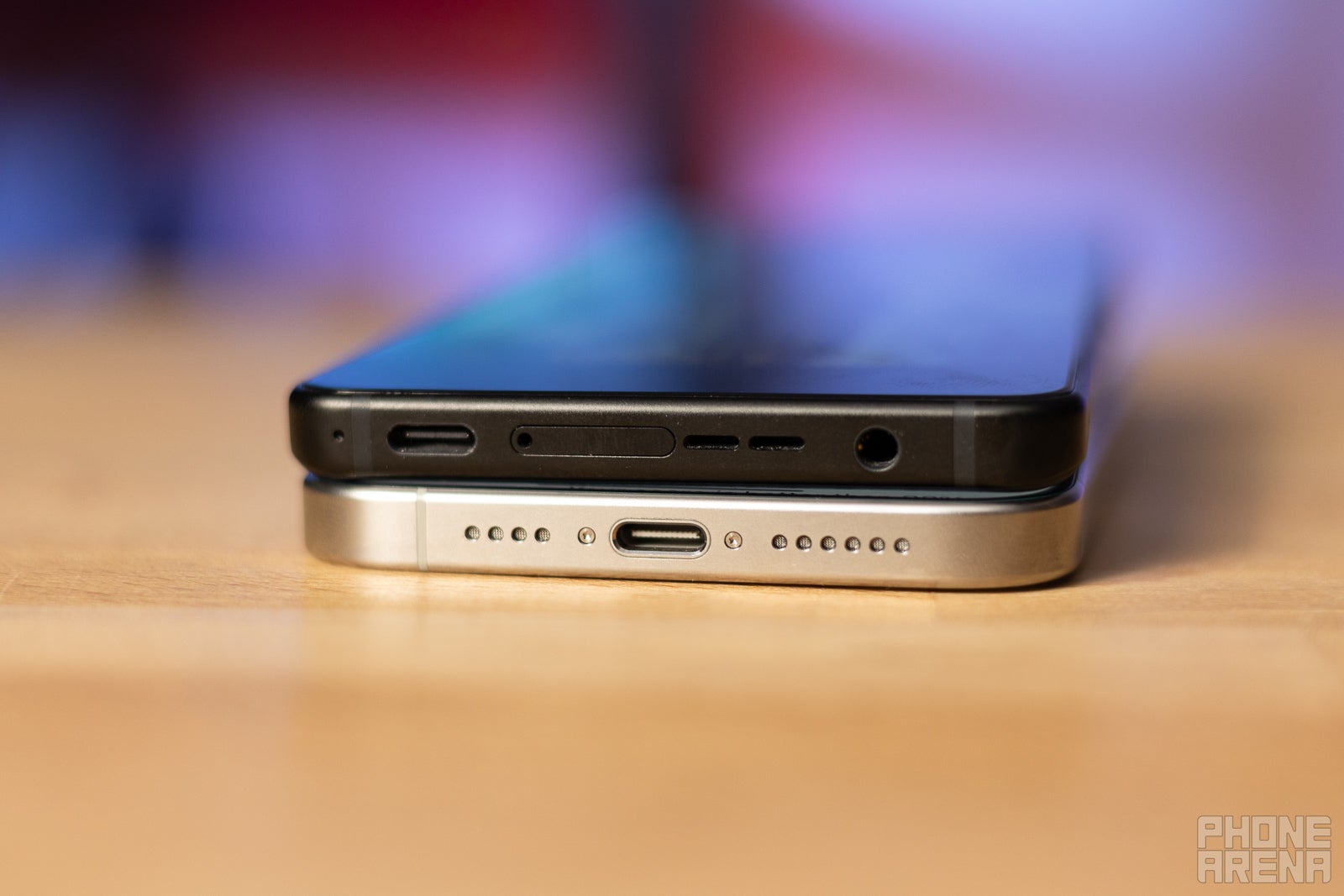
The ROG Phone 8 Pro took a slight step back in terms of audio. Its predecessors had front-firing stereo speakers, and the ones in teh ROG Phone 7 Ultimate were seriously the peak. Loud, meaty, very detailed — basically Bluetooth speaker quality (of the good kind). Since the ROG Phone 8 shrunk a bit, the speakers are as in all other phones — a bottom driver and an earpiece loudspeaker. It's still good, just not as good.
Does it sound better thank the iPhone? Yes, kind of, a bit... depends on what you are listening to. Both phones can get loud, the ROG Phone 8 Pro has more mids, especially lower mids, so out sounds meatier. The iPhone scoops the mids and has more air in the highs. Also, there's a bit of compression to the iPhone speakers when at 100% volume. The ROG sounds more open, like it has more headroom.
These are the tiniest nitpicks, mind you. Again, both phones sound good, we just feel like it's the ROG 8 that will make someone turn around and ask "What am I hearing?!".
As for haptics — they are clicky, precise, and strong in both phones.
Battery Life and Charging
Prepare for 2-day endurance
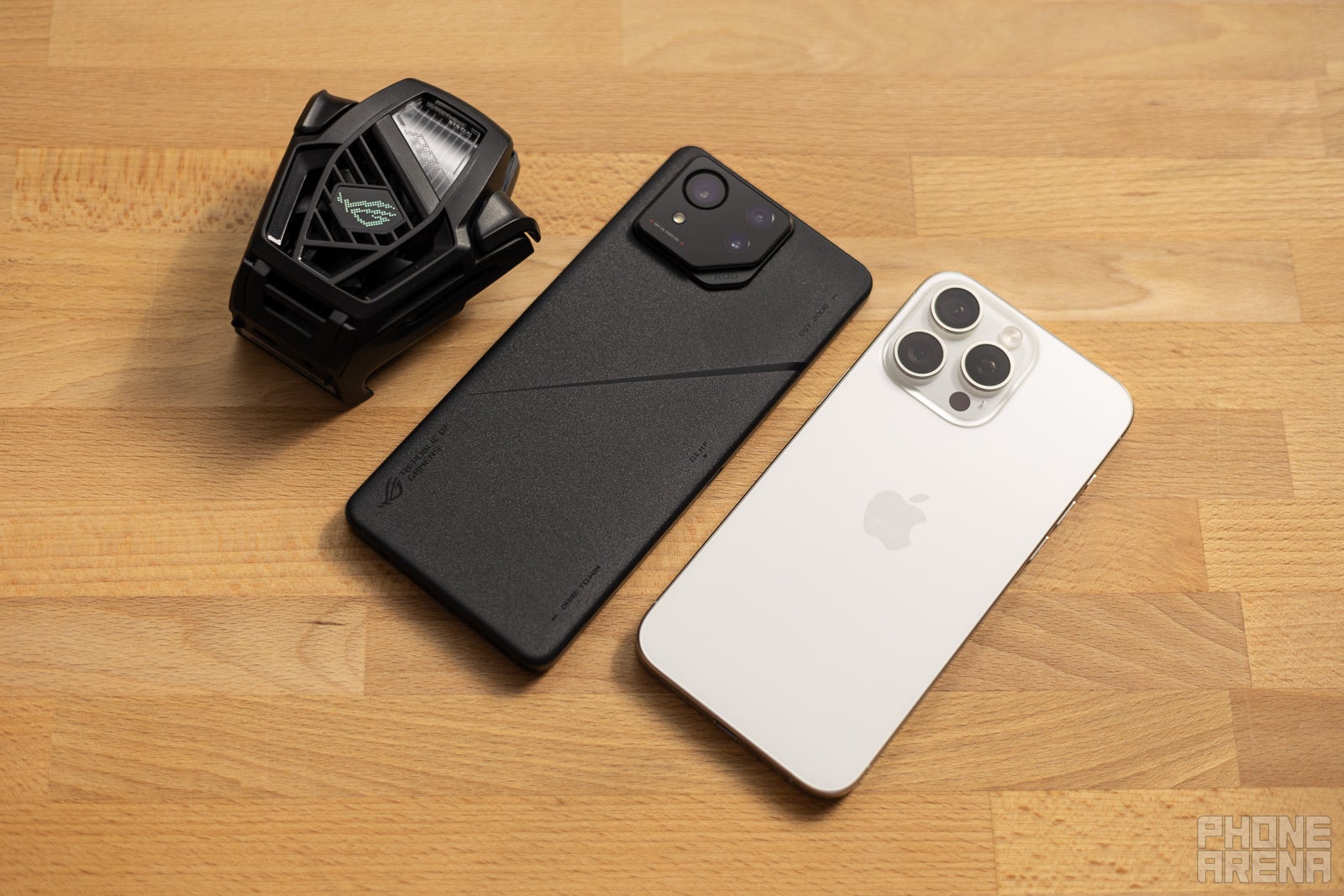
The ROG Phone 8 Pro comes with a 5,500 mAh battery — smaller than its predecessor, but it should still be able to last with the proper optimizations. And Asus has the proper optimizations. 13 hours of video streaming, 18 hours of web browsing — those are some "2-day numbers" right there. If you use your ROG Phone 8 Pro casually, you can easily skip a charging session. Though, charging it is pretty quick — more on that in a bit. Noticeably, gaming drains it pretty fast — that's a package deal with the X Mode, which amps the phone up for smooth gameplay. The good news is you can disable X Mode at will.
The iPhone 15 Pro Max also lasts quite a bit on all of our tests. And iOS is a s good as ever at maintaining battery charge while the phone is in standby. So, the 15 Pro Max gets us 2 days of use, too — easily so. Though, the iPhone doesn't charge as fast... and it doesn't come with a proper charging brick in the box to begin with.
As we touched upon about charging — the ROG Phone 8 Pro's 65 W charger can top it up quite fast. 15 minutes on the wire gets you a good 44%, which is good enough for a full day if you can stave off the gaming addiction. If you've got the time for a coffee — 47 minutes top the phone up entirely.
The iPhone will get about 50% of charge for 30 minutes on the fastest charger it supports — around 25 W. And it takes quite a while to reach 100%.
PhoneArena Charging Test Results:
The ROG Phone 8 series is the first time ROG Phones got wireless charging, too! That's awesome, but our unit is pretty slow to charge on a wireless pad.
PhoneArena Wireless Charging Test Results:
Specs Comparison
A gaming phone needs top-tier hardware, right? You can check out the full ROG Phone 8 Pro vs iPhone 15 Pro Max specs comparison, but here are the main bits of it:
| ROG Phone 8 Pro | iPhone 15 Pro Max | |
|---|---|---|
| Size, weight | 6.45 x 3.02 x 0.35 inches (163.8 x 76.8 x 8.9 mm) 7.94 oz (225.0 g) | 6.30 x 3.02 x 0.32 inches (159.9 x 76.7 x 8.25 mm) 7.80 oz (221.0 g) |
| Screen | 6.8" OLED 165 Hz | 6.7" OLED 120 Hz ProMotion |
| Processor | Qualcomm Snapdragon 8 Gen 3 4 nm | A17 Bionic 3 nm |
| RAM, Storage | 16 GB / 512 GB 24 GB / 1 TB LPDDR5X | 8 GB / 256 GB 8 GB / 512 GB 8 GB / 1 TB LPDDR5 |
| Cameras | 50 MP main 13 MP ultra 32 MP 3X zoom 32 MP front | 48 MP main 12 MP ultra 12 MP 5X zoom 12MP front |
| Battery | 5,500 mAh | 4,422 mAh |
| Charging | USB-C 65 W wired Qi Wireless charging | USB-C 27 W wired MagSafe |
So, there you have it — big dog vs the mad dog. The ROG Phone 8 Pro has insane specs, filled to the brim with the top-of-the-line hardware. The iPhone 15 Pro Max is in the other corner, playing its own game — the processor is intense, sure, but the rest of the specs are a balancing act between
Summary
OK, depending on what you demand from a smartphone, the ROG Phone 8 Pro might serve you just fine. However, objectively, it doesn't quite reach the level of comfort as a "casual smartphone" that the iPhone 15 Pro Max does. For one, the camera of the latter is much better. Secondly, there's the dreaded "ecosystem". But we won't delve into that — let's say you are platform agnostic at the moment.
The ROG Phone 8 Pro can absolutely rock the "casual daily" experience but its "overcharged gamer" mode feels like it was hampered in the process. Gaming is not as convenient, due to the shrunken bezels, the speakers took a hit, and you are still essentially playing Android games.
It's the iPhone 15 Pro Max that is getting some console-level games. To be completely fair, the A17 Pro inside is prone to throttling, so it's not all sunshine and rainbows on the iOS side. But we think the "Gaming" push from Apple may hit its stride with the iPhone 16 series, probably even 17.
At that point, we'd home Asus comes up with something truly radical for the ROG Phone — not just a redesing that's supposed to make it "more casual". How about going the other way? Combine a ROG Ally with a phone? Yeah, we dream.

























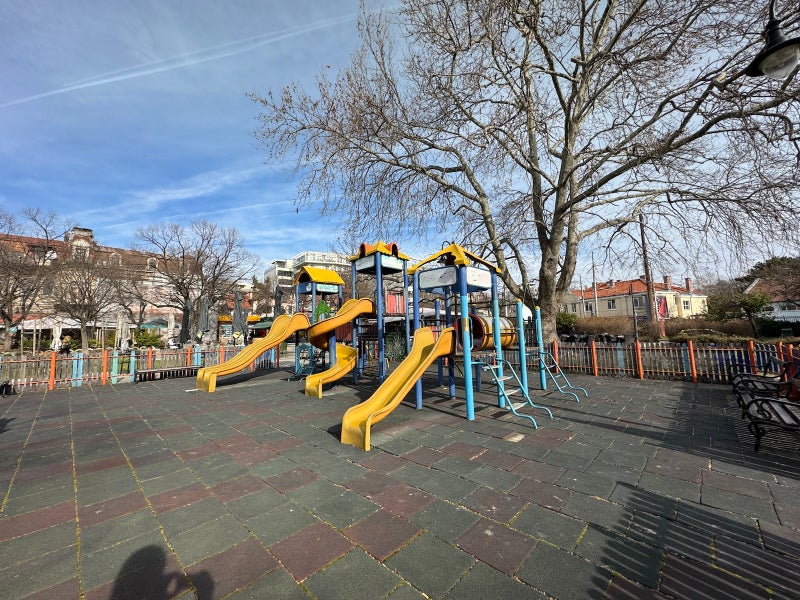
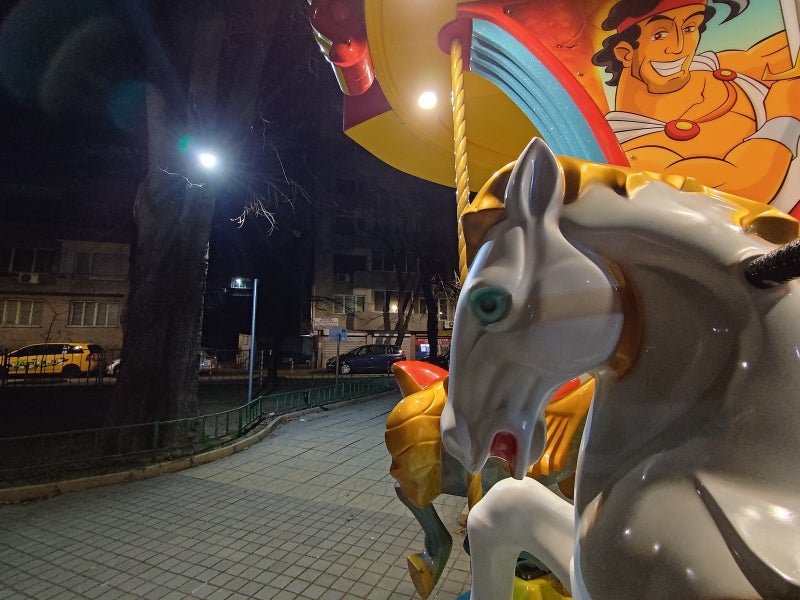


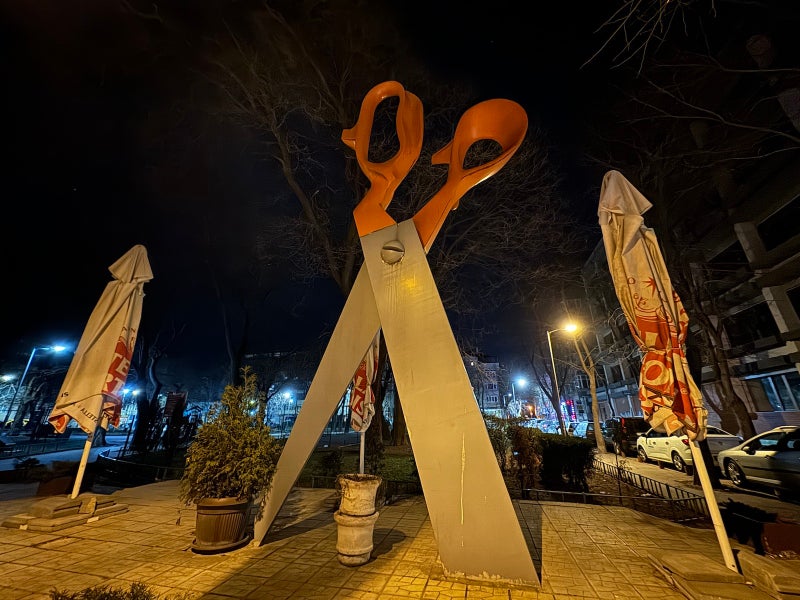


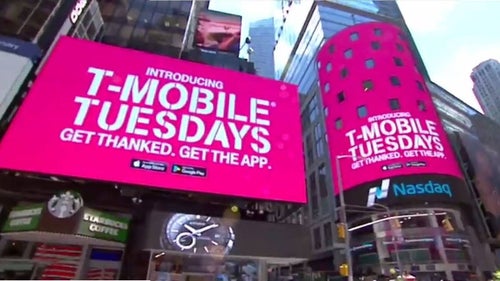
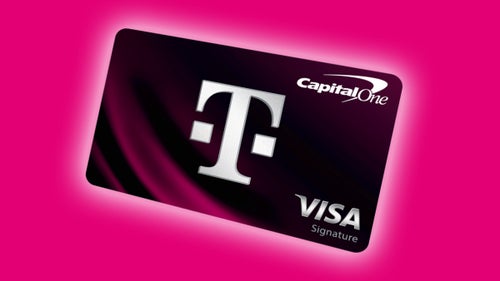
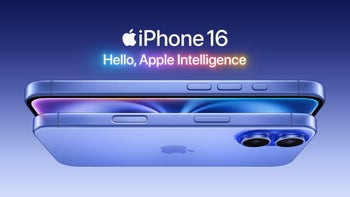
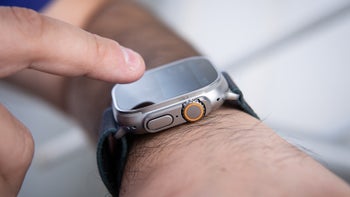
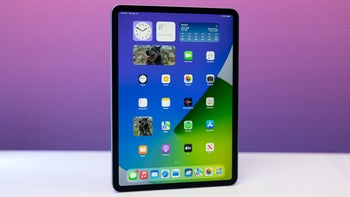
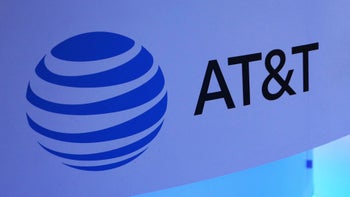

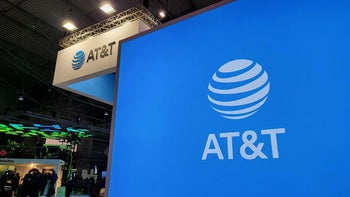






Things that are NOT allowed: